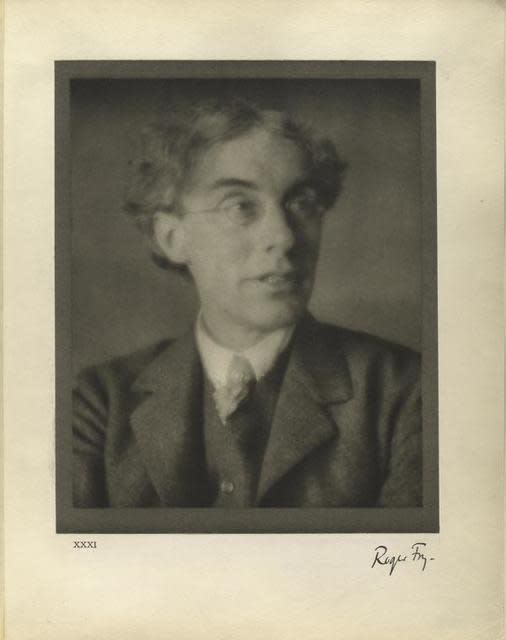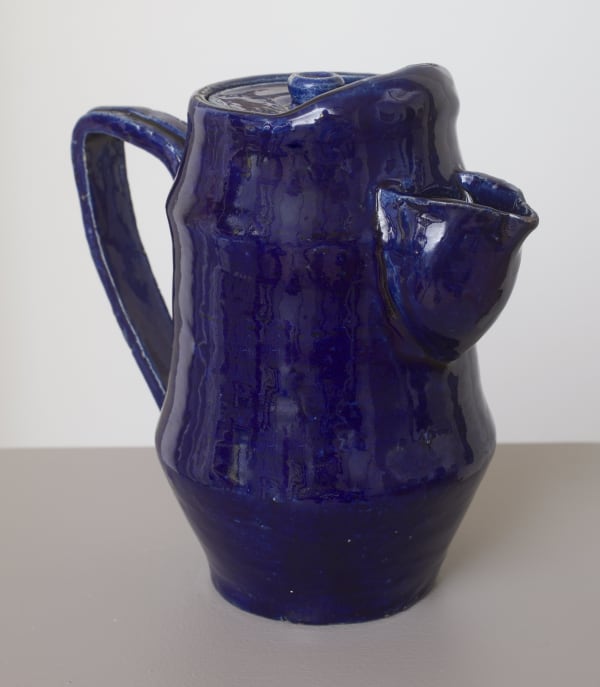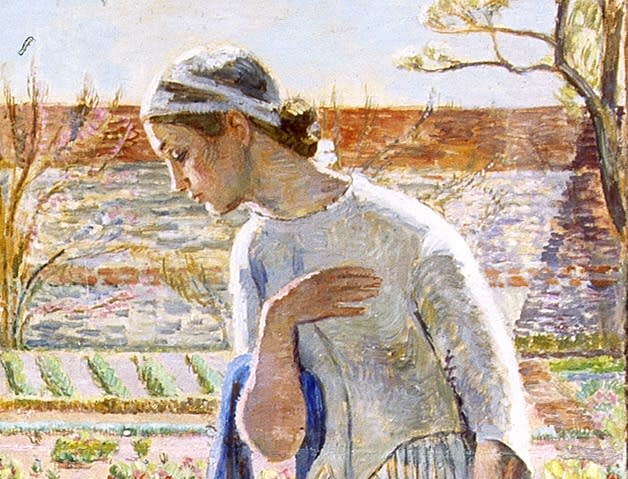Roger Fry
The gallery regularly handles, acquires and advises on works by Roger Fry. For more information or the availability of work, please contact the gallery.
Roger Fry (1866 - 1934)
Roger Fry was a prominent art historian, critic and artist known for his central presence in the Bloomsbury Group. Born in 1866 in Highgate, Middlesex, Fry went on to study natural sciences at King’s College, Cambridge in 1888. By 1889 Fry had decided to leave the cloisters of Cambridge for extended trips to Paris better to understand its burgeoning art scene, which he later lectured and wrote on extensively. In 1892 he began to pursue a career as an artist studying at the Académie Julian in Paris. In 1896 he married the artist Helen Coombe, and they had two children.
Fry founded and shaped some of the most influential art movements and institutions to-date. In 1903 he helped found the National Art Collections Fund and Burlington Magazine; by 1910 he had served as curator of paintings at the Metropolitan Museum of Art; organised the first of two exhibitions of Post-Impressionist paintings in the UK and, in so doing, coining the term ‘Post-Impressionism’. By 1913 he had expanded his artistic remit to include interiors and, alongside Vanessa Bell and Duncan Grant, established the design cooperative the Omega Workshops.
Throughout his life Fry wrote extensively on art, most notably, ‘Vision and Design’ (1920) and ‘Cézanne, a study of his development’ (1927). In 1934 Fry died unexpectedly after a fall at his home. For his funeral Vanessa Bell decorated his casket and in 1940 Virginia Woolf released the first biography of his life and work.









